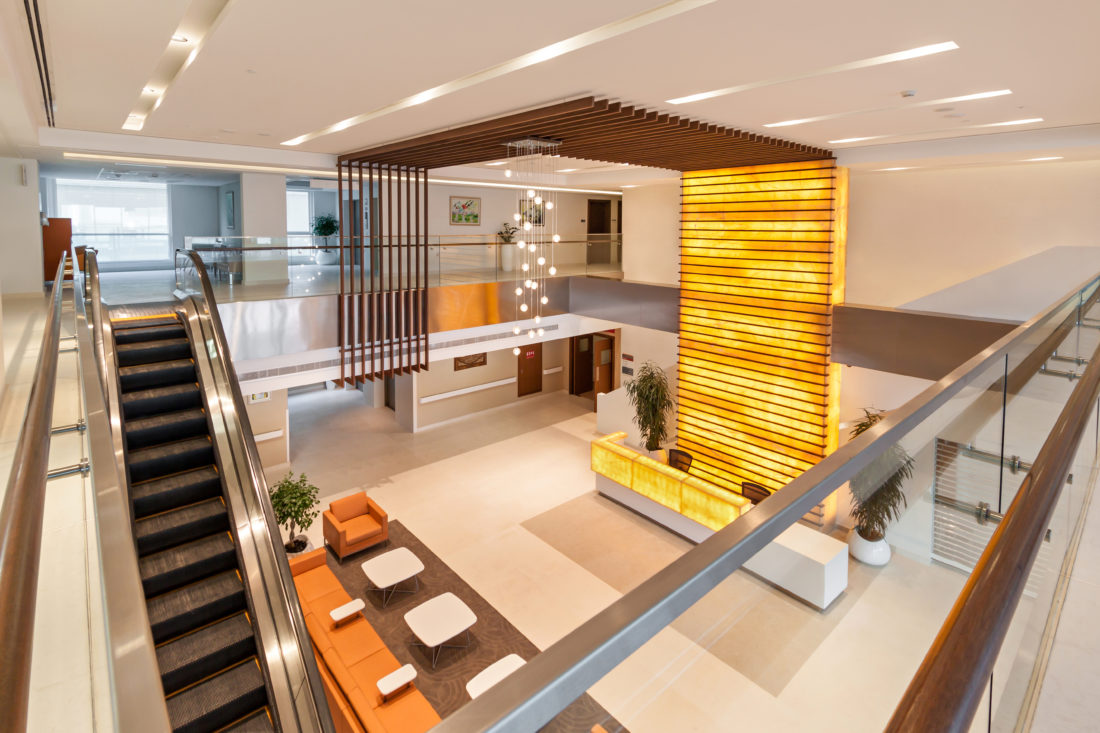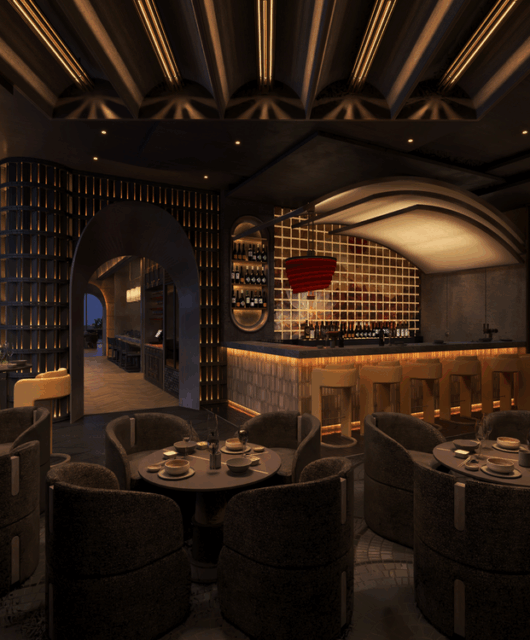Design impacts wellness! Experts from GAJ, dwp, Summertown Interiors, & AGi Architects tell us how
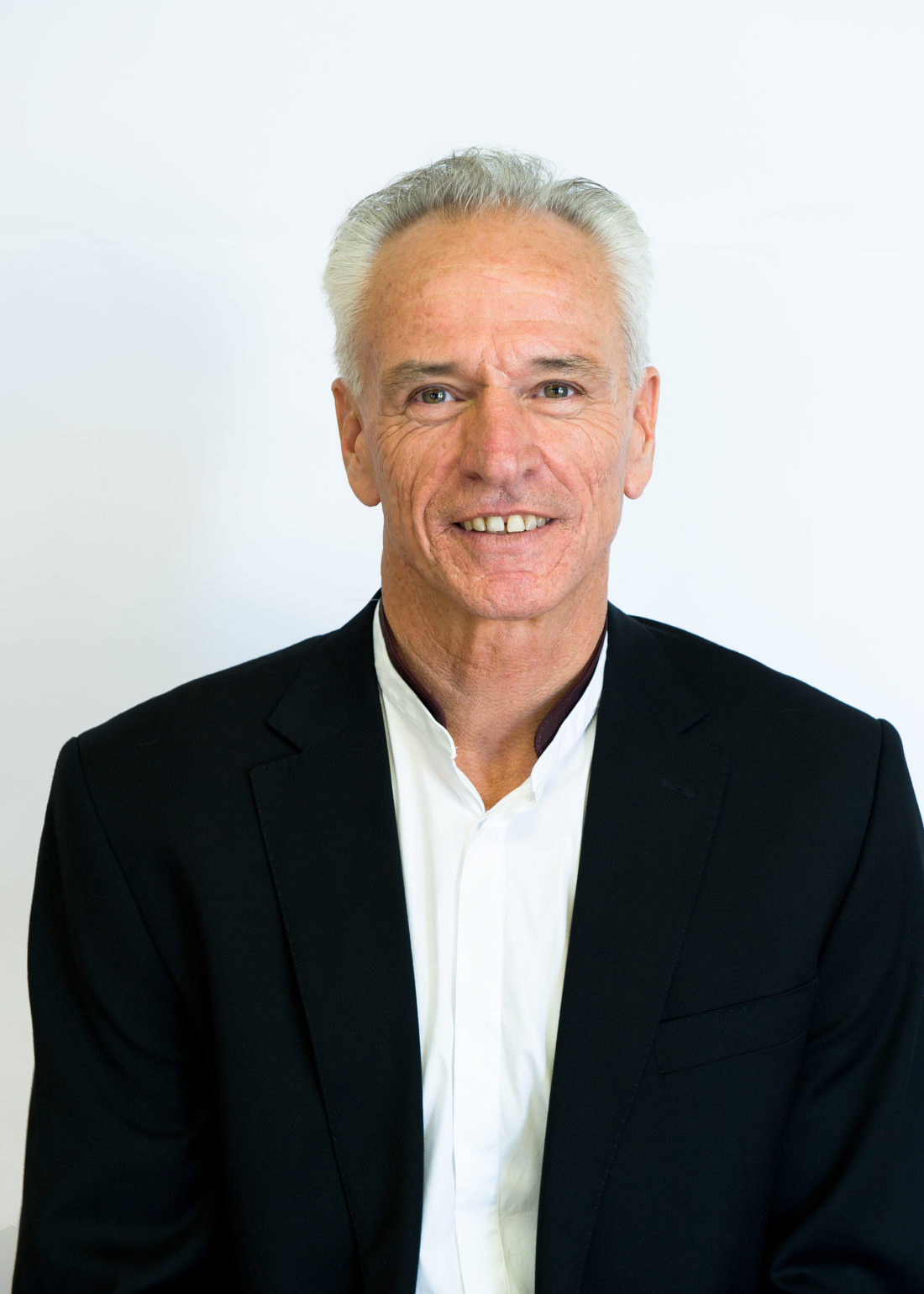
Ron Bridgefoot, dwp
The healthcare sector is revolutionising in the Middle East in terms of in terms of effective designs that improve the health of patients
The healthcare market in the GCC region in the last few years has undergone a revolution. In the run up to Expo 2020, billions of dollars are being injected into building and nurturing healthcare facilities by both governments and the private sector. The GCC has smaller populations and higher levels of income meaning healthcare is one of the strongest sectors to leverage going forward, especially with the shift away from previous oilbased economies. In order to prevent patients seeking medical care elsewhere the standard of hospital treatment in the GCC is rising. Focus on behavioural design
The UAE is actively expanding its healthcare industry to meet international standards in terms of design, technology, and infrastructure. Across the globe there are trends that are focussing on a holistic approach to health services delivery in the public and private sector health facilities. One of the key trends that is shaping the healthcare design and facilities is the behavioural design. The alignment of human behaviour with advances in medicine is a crucial element in the ability to maximise resources within the healthcare environment. Global architectural and design firm, dwp has worked on various healthcare projects in the region as well as internationally.
Ron Bridgefoot health sector leader, dwp, elaborates on behavioural designs: “New models of care that integrate behavioural design into the healthcare services delivery and processes are assisting designers and clinicians. The creation of an environment that allows clients and clinicians to assimilate abundant information and build trust, orientation, and communication excellence is the key. The ability to provide the environment that enable the calming of clients and the effective services delivery via numerous people all working together is critical to successful services delivery. The development of integrated behaviour design teams embedded within healthcare environments and with architects and designers are helping to drive the new way forward and producing new strategies for improving health care delivery and outcomes across the health services networks.”
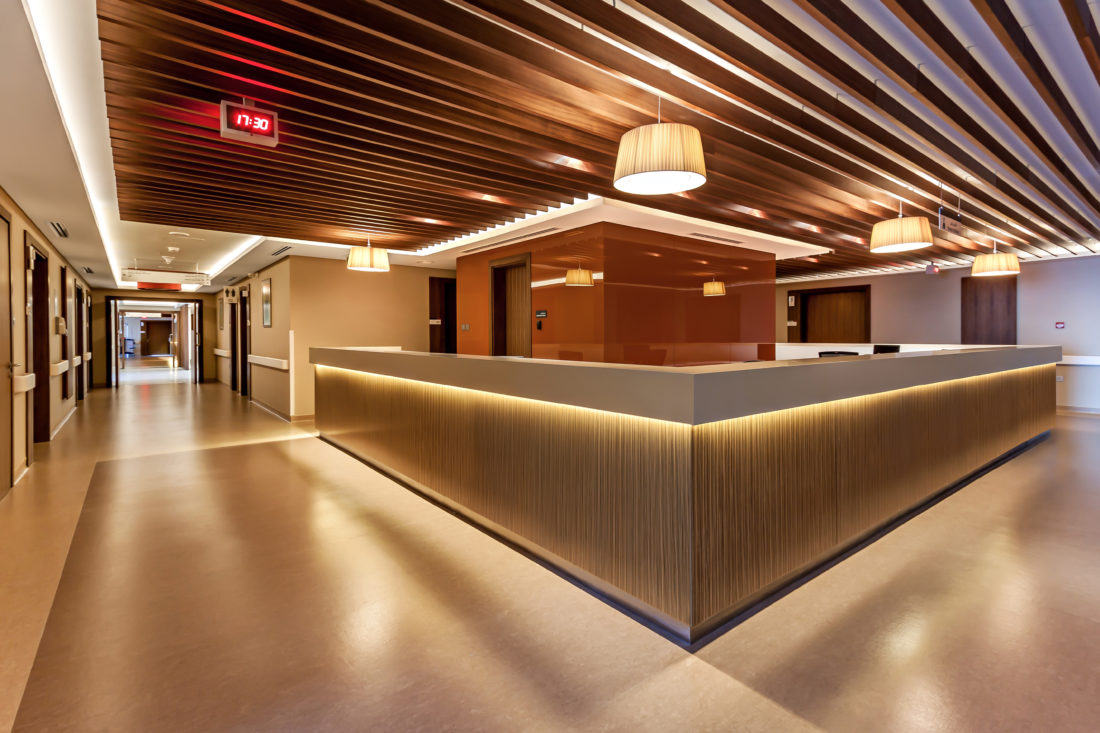
When dwp worked on Prime Hospital project in Al Garhoud, the aim was to create a welcoming environment through the use of warm colour tones, natural materials, and soft lighting. Bridgefoot explains: “The idea was to ensure simple movement around the space for both staff and patients. It was designed to create a feeling of arriving in a luxury healthcare facility, where patients check-in at a reception that is more reminiscent of a hotel than a hospital. Sofa seating throughout the lobby promotes a relaxed and comfortable atmosphere, whilst the use of high-quality materials such as timber veneers, onyx stone, marble flooring and glass reinforce the impression of luxury. The patient rooms give an impression of a comforting hotel guestroom rather than a typical clinical hospital ward.” Collaboration between fit-out and design From a fit-out perspective, it is important that we collaborate closely with the design team to enhance the key components of the facility.
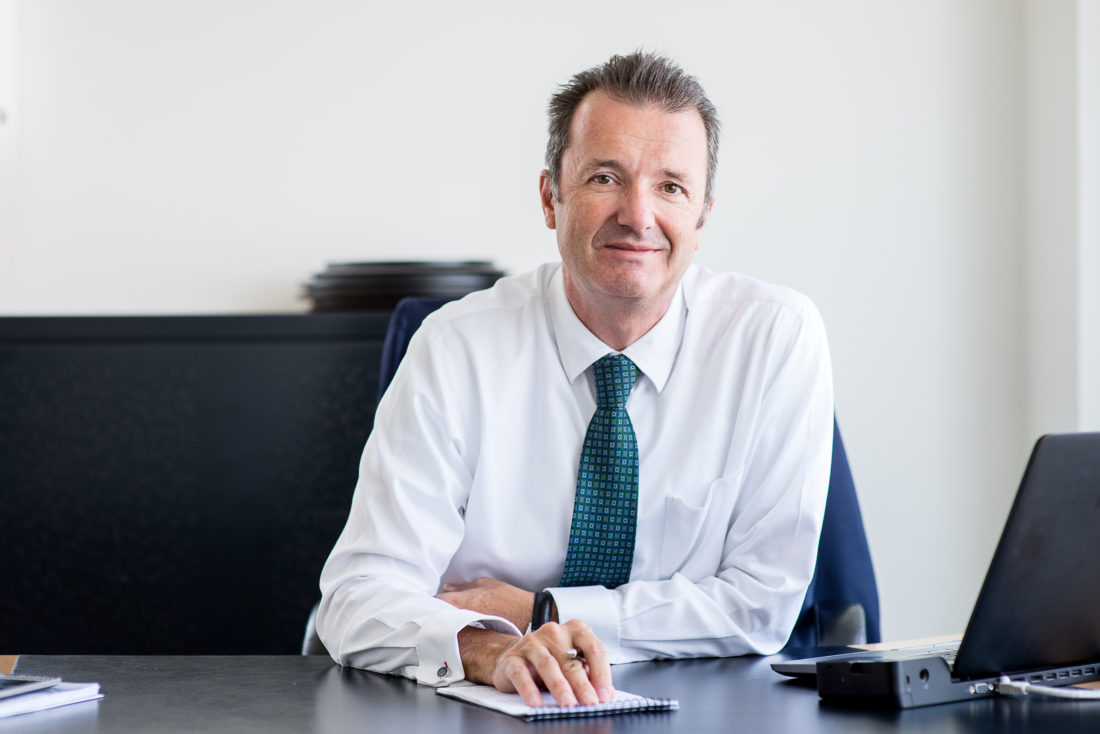
Marcos Bish, managing director at Summertown Interiors, says: “From a fit-out point of view, the key to delivering an efficient building is through strong collaboration with our team and the designers. For instance, the new Mediclinic Dialysis Department in Abu Dhabi that we completed at the end of last year allows for natural light creating a bright, open atmosphere while still maintaining the privacy of patients. The facility also caters to the functional needs of the medical procedures with generous space for both equipment and patients.” Leo A Daly is the architect for the Mediclinic Dialysis Department project in such a way that there is apt room for both equipment and patients. How is technology is a game changer! Sure, it is! Technology is playing a significant role and introducing a new era into any discipline. AGi Architects are part of some exciting healthcare projects in the region such as Hisham A. Alsager Cardiac Center, Ali Mohammed T Al- Ghanim Clinic, and Shaikha Jassim Al Marzouq Kidney Transplant Center. The principals and founding partners of AGi Architects—Joaquin Perez-Goicoechea and Nasser Abulhasan think that technology is producing desired results. They say: “New technologies research and new materials implementation are entering the architecture sector with encouraging results. New prefabrication procedures based on BIM design and 3D printing promise to be revolutionary.”

Healthcare design evolution has moved from the 2D planning into 3D Planning and now into Virtual Reality. Architects and designers are now creating immersive environments that allow clients to walk through the facilities. Bridgefoot explains: “ The alignment of behavioural design with virtuality reality is a key to creating environments that enable the health services delivery models to reflect optimisation of resources within a calming environment. The ability to include process mapping via virtual reality of the various clinical streams and care pathways is being integrated to provide healthcare environments that enable safe and effective care delivery.” Smart technology, phones, tablets, watches, and armbands are common tools within our society today. This smart technology is shaping hospital environments to have the infrastructure that will allow clients, staff, and visitors to access information on all aspects of healthcare. Access to a full range of information, records, and communications to all clients and staff will be the norm. Patients journeys begin at home with preadmissions completed on electronic devices, the route to the hospital and within the hospital will be displayed on their devices, the consultation timing and arrangements will be known and programmed. The patient journey within healthcare facilities will be defined, have a timetable and will be updated if delays are present. Electronic Kiosks, similar to ATM’s are common in hospitals and allow clients and visitors to program their time in hospitals and allow them to rest, shop or have a break. Design helps to sell in a competitive market! Healthcare is an increasingly competitive industry.
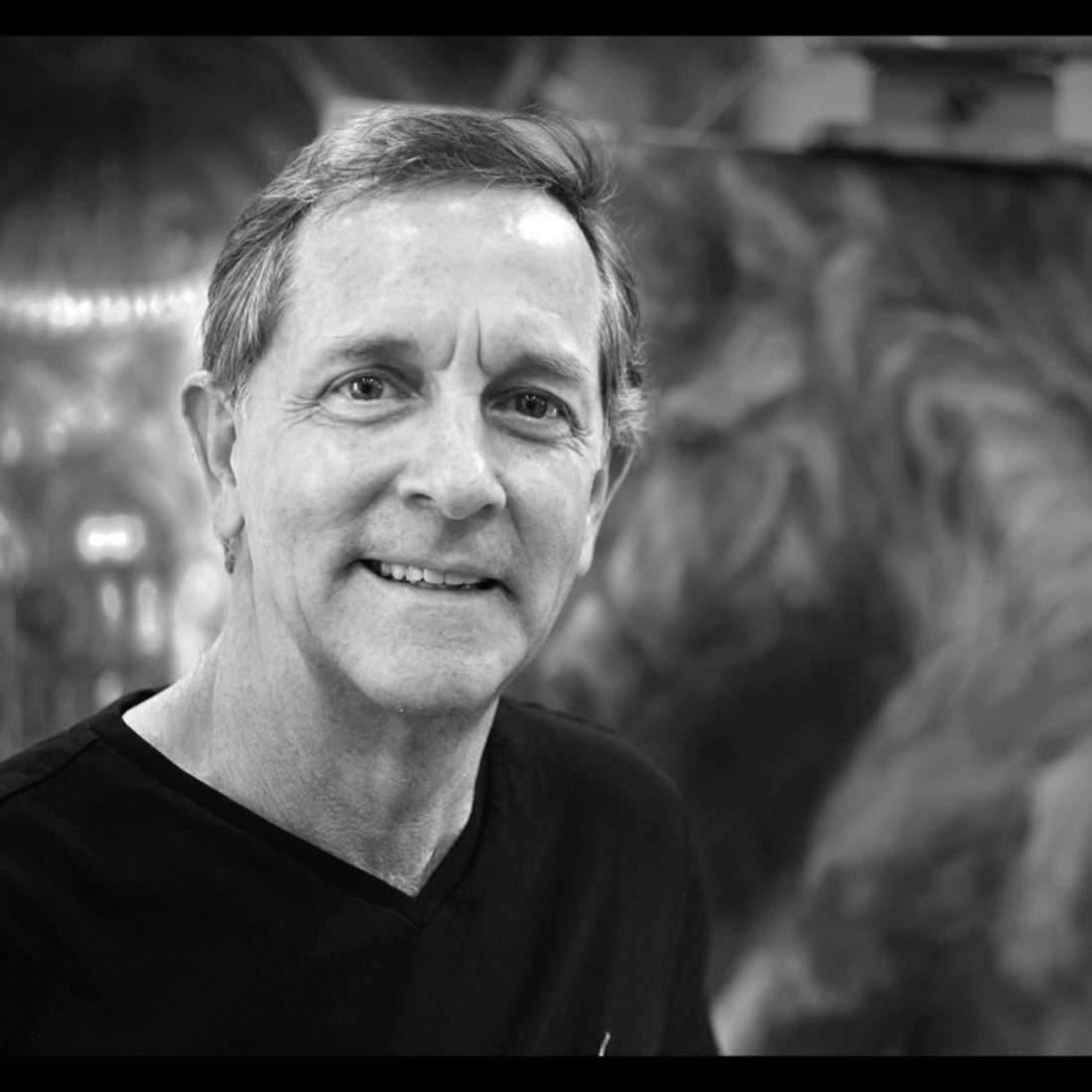
With the explosive growth of healthcare in the Middle East and globally, new facilities are now erected to attract an increasingly sophisticated and demanding consumer base. Clients design facilities that offer exceptional customer experiences to attract patients and families as well as top physicians and healthcare professionals. Michael Arnold, consultant director healthcare planning and design, Godwin Austen Johnson, says: “Exceptional environments are used as selling points in an increasingly saturated and competitive market. From the patient’s perspective an exceptional facility is seamlessly accessible, welcoming, calming, and healing. An exceptional facility is designed to meet the exacting clinical requirements of tomorrow’s hospital. Its design supports efficient workflow and teamwork, and promotes a positive professional atmosphere respectful of the professionals.” Why space flexibility is important? Space flexibility is a key driver of success for a facility. With the ever-evolving dynamics and environments, today’s programme requirements will change over time. Arnold stresses: “No longer will budgets accommodate expensive renovation. We must offer solutions such as universal beds and modular units so hospital teams can flex to the new needs of their populations. The capability of the facility design to operationally adapt to the significant future patient care programmes changes and medical technology advancements that will continue to evolve at an increasingly rapid rate. The design of healthcare facilities should be easily convertible and adaptive with a minimum of disruption to existing operations for future changes.”

Space flexibility is an important factor in hospitals to be able to respond to different situations and scenarios. The principals and founding partners of AGi Architects—Joaquin Perez-Goicoechea and Nasser Abulhasan share: “Versatile spaces are key in healthcare buildings, especially considering the huge amount of tasks a hospital must face, from the patients’ attention to the research and training and education activities, amongst others. Also, technology changes so quickly, that we cannot understand yet what is going to be achieved on the next decade. Will the big machinery be eliminated? Will we need more labs areas, where genetics and nano structures specialists will create personalised treatments?”
Bish further adds: “Due to market volatility and changing demographics, flexibility and adaptability are very important design principles for healthcare providers and hospitals. Space flexibility allows hospitals to have the ability to react to a wider range of cases and changes in demand without the need for extensive disruptive renovations.” Needs of the future We find that the Middle East region could be a land of opportunities. These countries have invested in the past to create the most advanced healthcare cities in the world. AGi Architects are part of some exciting healthcare projects in the region such as , Hisham A. Alsager Cardiac Center, Ali Mohammed T Al-Ghanim Clinic., and Shaikha Jassim Al Marzouq Kidney Transplant Center.
Goicoechea and Abulhasan highlight their concerns: “The big issue is to determine what will be next decades’ necessities, and a good global strategy that focus on people, both workers and patients. What´s the demographic expectation for the region on the next 30 years? What are the needs of their communities? We are moving to a new way of understanding health, healthcare facilities will no longer be the last minute emergency resource. Healthcare Centres must be leading the community members through a healthy life, with good practices workshops and big data analysis implementation, so costs of healthcare system will be lower than today’s standards.”
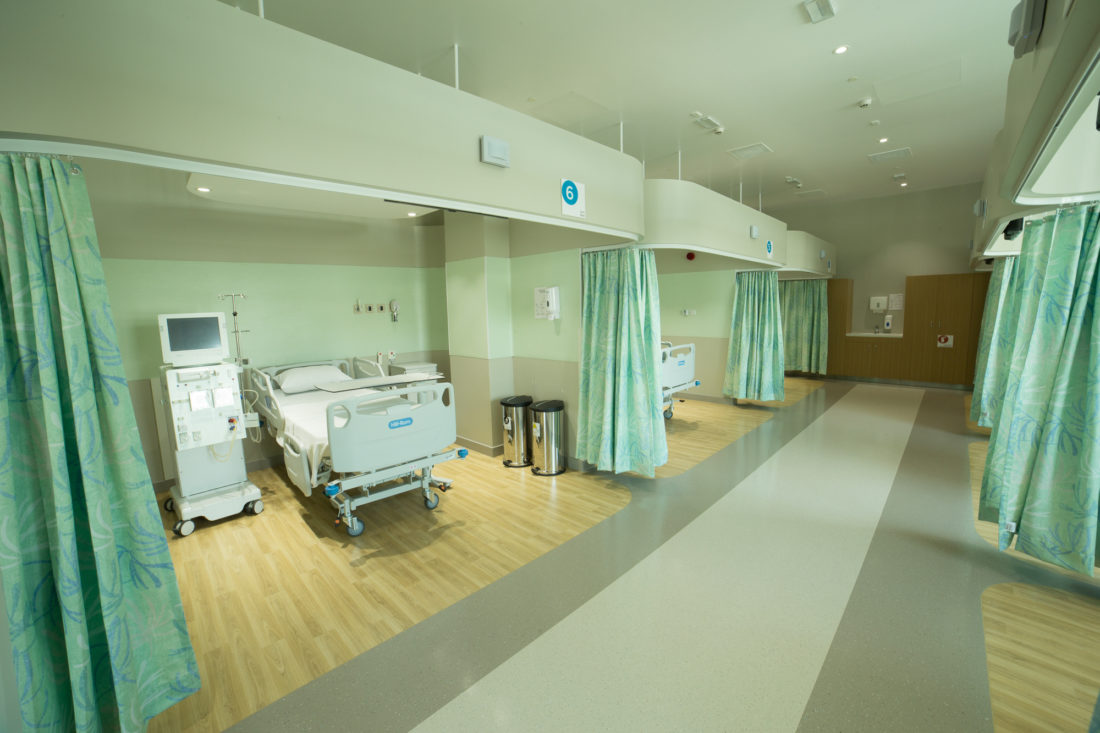
Sustainability is what clients are demanding these days and in coming days, it will be a given Hospitals integrated into living communities norm. “Sustainability is increasingly important and more and more our clients are demanding we design buildings that are sustainable. We are designing with the health of building occupants in mind with a focus on the indoor environment, building materials selected for organic properties and air and waste handling systems that reduce toxicity. Sustainability is an emphasis in the region and healthcare is conforming to these trends and expectations,” says Arnold. Fitness wearables are common accessories that are being utilised for continuous monitoring of a person’s heartrate, body temperature, breathing, atrial fibrillation and is expanding to assist the people with impairment. “Access to real time data for clinicians is within the reach and will allow for great preventative health measures in the future. The healthcare environments are evolving to be totally integrated with the smart technology,” adds Bridgefoot.

